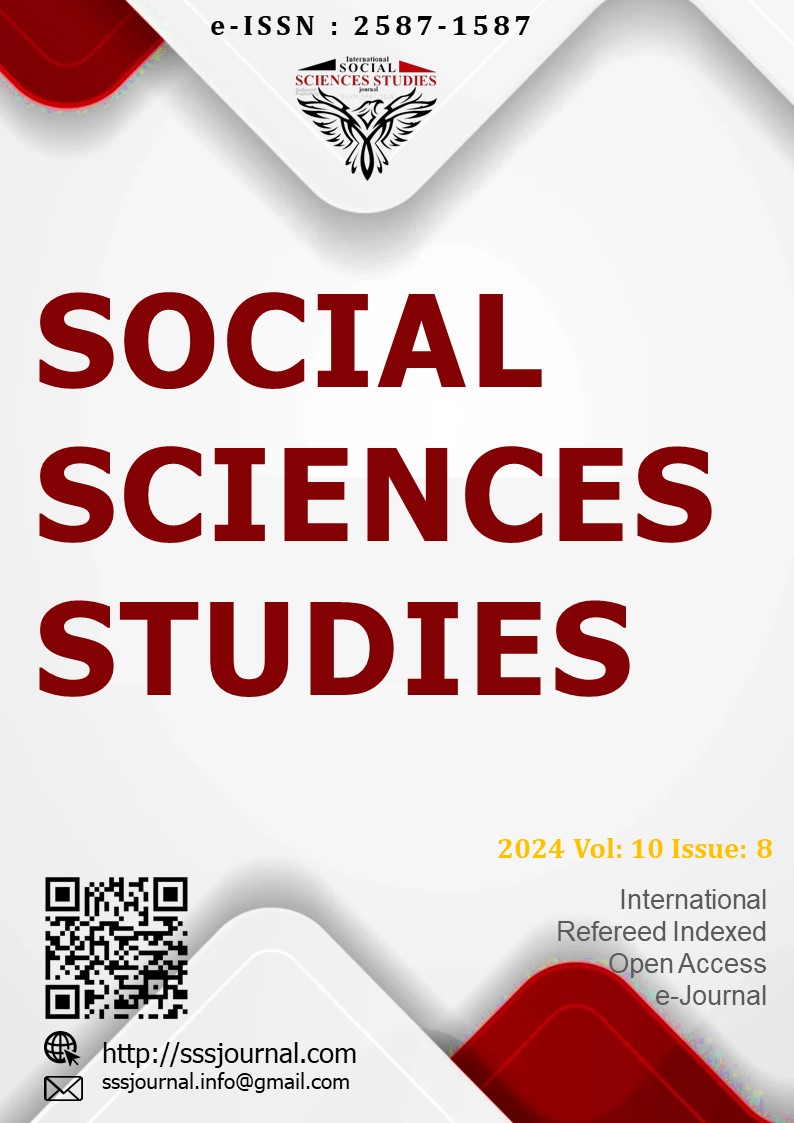Resimden Heykele : Anthony Caro’nun Avrupa Resim Sanatından Esinlenen Heykelleri Üzerine Bir İnceleme
Author :
Abstract
Anthony Caro’nun 1998’de Londra’daki National Gallery’de rönesans döneminden modern sanata, Giotto ve Mantegna’dan Goya, Manet ve Matisse’e geniş bir yelpazede Avrupa resim sanatından esinlenerek oluşturduğu heykelleri sergilenmiştir. Heykelinin seyirciye optik bir haz vermesini önemseyen Caro’nun özgün bir heykel dili yakalamasında geçmiş dönemlerin ustalarıyla kurduğu ilişki hep önemli olmuştur. Soyut elemanların ilişkisel yapısıyla oluşturduğu komposizyonlarda, çizgiselliğe ve düzlemlerin açısallığına başvurmuş, resimselliğin heykel sanatına getirebileceği yenilikler üzerine arayışa girmiştir. Caro, soyut resim ve heykel arasındaki çizgiyi silikleştirerek yakaladığı yeni ve sade bir heykel diliyle 1980’li yıllardan itibaren Avrupa resim sanatından esinlenen heykeller yapmıştır. Bu resimlerdeki figüratif komposizyonlar, Caro’nun soyutlamasıyla plastik yapısına referans veren ama tümüyle ayrı bir anlatıya dönüşmüş, çelik malzemeden eğrilerin, düzlemlerin, şeritlerin ve kıvrımların dansıyla heykelin dünyasına taşınmıştır. Ressamların leke, çizgi, renk ile kurduğu bütünlüğü Caro silüet, ışık ve boşlukla karşılamış ve genel olarak çelik gibi ağırlık hissi veren bir malzemeyle adeta boşlukta çizim yapmıştır. Usta ressamların başyapıtlarına referans veren bu heykellerin sanatın yüzyıllar içinde dönüşse de yokolmayan nitelikleriyle çağdaş heykel sanatı arasında bir köprü oluşturması önemlidir. Ayrıca resim sanatından yola çıkarak heykelde yeni biçimsel olanaklara alan açtıkları için ders niteliğinde bir seridir. Bu metinde Caro’nun sanatındaki başlıca nitelikler bağlamında resim sanatına referans verdiği heykelleri incelenmiştir.
Keywords
Abstract
Anthony Caro’s sculptures inspired by a wide range of European painting from the Renaissance to modern art, from Giotto and Mantegna to Goya, Manet and Matisse, were exhibited at the National Gallery in London in 1998. For Caro who intends that his sculptures to give the viewer an optical pleasure, the relationship with the masters of past periods has always been important for him to capture an original sculptural language. In the compositions he created with the relational structure of abstract elements, he headed to linearity and the angularity of planes, and searched for innovations that pictoriality could bring to the art of sculpture. Since the 1980s, Caro has created sculptures inspired by European painting with a new and simple sculptural language that blurs the line between abstract painting and sculpture. The figurative compositions in these paintings were transformed into a completely different narrative that referenced the plastic structure of Caro’s abstraction, and were carried into the world of sculpture with the dance of curves, planes, stripes and folds made of steel. Caro met the integrity established by painters with stain, line and color with silhouette, light and emptiness, and in general, he drew in space with a material like steel, which gives a sense of weight. It is important that these sculptures, which refer to the masterpieces of master painters, create a bridge between contemporary sculpture and the qualities of art that do not disappear even if they transform over the centuries. It is also a lecture series as they open up new formal possibilities in sculpture based on the art of painting. This text examines the main characteristics of Caro’s art and analyzes his sculptures that refer to the art of painting.





